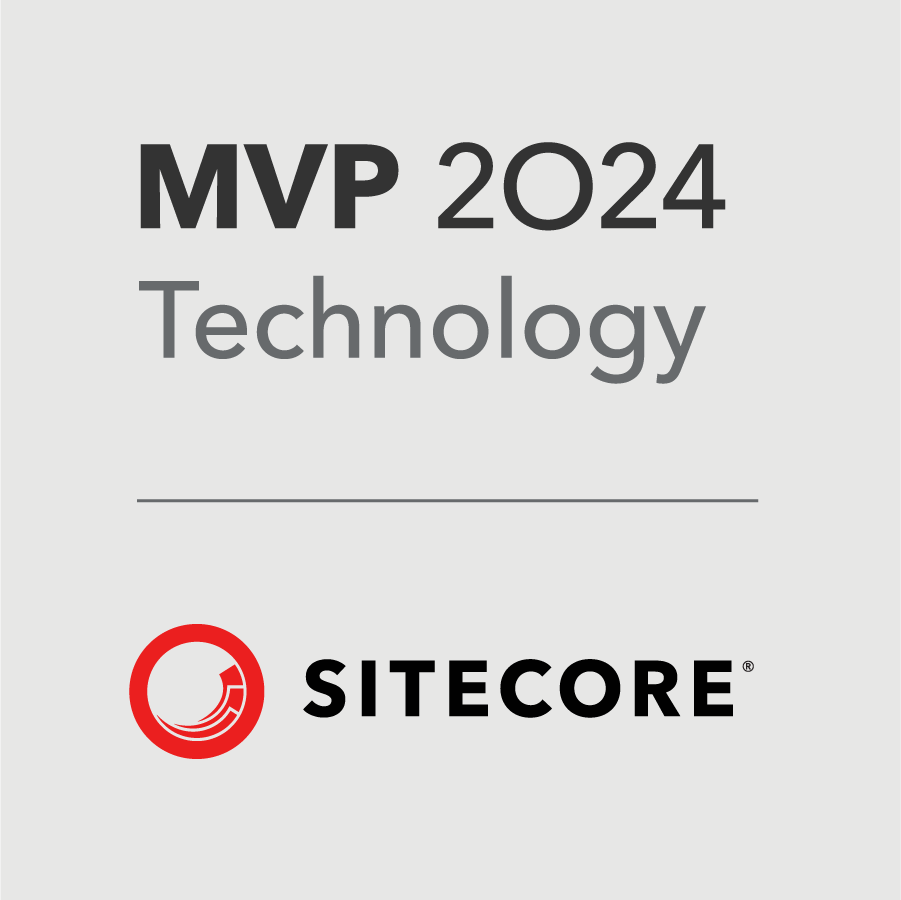
Everything is moving extremely fast, at the moment the Earth is spinning at just over 1,000 mph. Technology is moving just as quickly and developers, software vendors and customers need to evolve to keep up.
Solutions need to stand out and solve real business problems, this is exactly where Sitecore Content Hub is a great solution. It’s a SaaS application that offers flexibility, scalability, and robust functionality that stands out.
This blog post explores the synergy between React, a front-end JavaScript library, and Sitecore Content Hub, a sophisticated content and asset system, to unlock new opportunities.
Introduction to React and Sitecore Content Hub
React: Developed by Facebook, React has revolutionized the way we build web applications. Its component-based architecture allows developers to create reusable UI components, leading to more efficient code, faster development times, and dynamic, responsive user experiences.
Sitecore Content Hub: Sitecore Content Hub is not just a content and asset solution; it’s a comprehensive solution for managing digital assets, content planning, and workflow automation. Its flexibility and scalability make it an ideal platform for businesses seeking to streamline their content lifecycle management.
The combination of React’s dynamic rendering capabilities with Sitecore Content Hub’s robust features offers a formidable toolkit for developers and content creators alike. This synergy enables the development of sophisticated web applications that are both user-friendly and highly manageable.
The Power of External Components in Sitecore Content Hub
External components in Sitecore Content Hub represent a leap forward in web development. They allow developers to inject custom functionality and interactive elements into their Sitecore environment, creating more engaging and personalized user experiences.
By leveraging React to develop these external components, developers can take advantage of its modular nature and rich ecosystem. This integration not only enhances the flexibility and interactivity of web applications but also ensures that they remain scalable and maintainable.
Examples of what can be achieved include:
- Custom Buttons: React can be used to create buttons that perform specific actions within the Sitecore environment, such as triggering workflows or integrating with other systems. Your probably think I can already do that, well a custom button could use relations or whether a specific security group is found.
- Form Controls: Dynamic forms, powered by React, can improve data collection and user interactions, offering custom validation, auto-completion, and conditional visibility.
- External data: Easily made a request to an API and retrieve external data dynamically in the view. Then use React and MUI to output however you want.
- Interactive Dashboards: React components can fetch and display data from Sitecore Content Hub in real-time, providing users with personalized dashboards that reflect the latest content updates.
Real-world Applications and Benefits
The practical applications of combining React with Sitecore Content Hub are vast. From e-commerce platforms that display real-time product information and availability, to corporate intranets that provide employees with customized content based on their roles and preferences, the potential uses are endless.
Benefits include:
- Enhanced User Experience: React’s efficient update and rendering system ensure that web applications are fast and responsive, leading to higher user satisfaction.
- Streamlined Content and Asset Management: With Sitecore Content Hub, anything can be easily managed and deployed, reducing the time and resources required to maintain your assets.
- Increased Development Efficiency: The reusability of React components paired with the structured content management of Sitecore Content Hub speeds up the development process, allowing for rapid iteration and deployment of new features.
In conclusion, the combination of React and Sitecore Content Hub represents a powerful paradigm shift in composable applications. By harnessing the strengths of both platforms, developers can create cutting-edge solutions that offer unparalleled user experiences while simplifying the management of complex digital ecosystems.






Leave a Reply